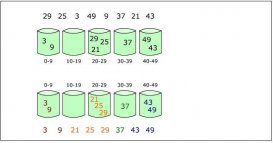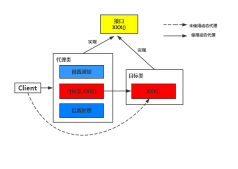具體代碼如下所示:
|
1
2
3
4
5
6
7
8
9
10
11
12
13
14
15
16
17
18
19
20
21
22
23
24
25
26
27
28
29
30
31
32
33
34
35
36
37
38
39
40
41
42
43
44
45
46
47
48
49
50
51
|
/** * 判斷字符是否是中文 * * @param c 字符 * @return 是否是中文 */ public static boolean ischinese(char c) { character.unicodeblock ub = character.unicodeblock.of(c); if (ub == character.unicodeblock.cjk_unified_ideographs || ub == character.unicodeblock.cjk_compatibility_ideographs || ub == character.unicodeblock.cjk_unified_ideographs_extension_a || ub == character.unicodeblock.general_punctuation || ub == character.unicodeblock.cjk_symbols_and_punctuation || ub == character.unicodeblock.halfwidth_and_fullwidth_forms) { return true; } return false; } /** * 判斷字符串是否是亂碼 * * @param strname 字符串 * @return 是否是亂碼 */ public static boolean ismessycode(string strname) { pattern p = pattern.compile("\s*|t*|r*|n*"); matcher m = p.matcher(strname); string after = m.replaceall(""); string temp = after.replaceall("\p{p}", ""); char[] ch = temp.trim().tochararray(); float chlength = ch.length; float count = 0; for (int i = 0; i < ch.length; i++) { char c = ch[i]; if (!character.isletterordigit(c)) { if (!ischinese(c)) { count = count + 1; } } } float result = count / chlength; if (result > 0.4) { return true; } else { return false; } } public static void main(string[] args) { system.out.println(ismessycode("ã©å¸â©ã©â¡âºã¥â¹â³")); system.out.println(ismessycode("你好")); } |
總結
以上所述是小編給大家介紹的java判斷字符串是否含有亂碼實例代碼,希望對大家有所幫助,如果大家有任何疑問請給我留言,小編會及時回復大家的。在此也非常感謝大家對服務器之家網站的支持!
原文鏈接:https://blog.csdn.net/albg_boy/article/details/83988152















